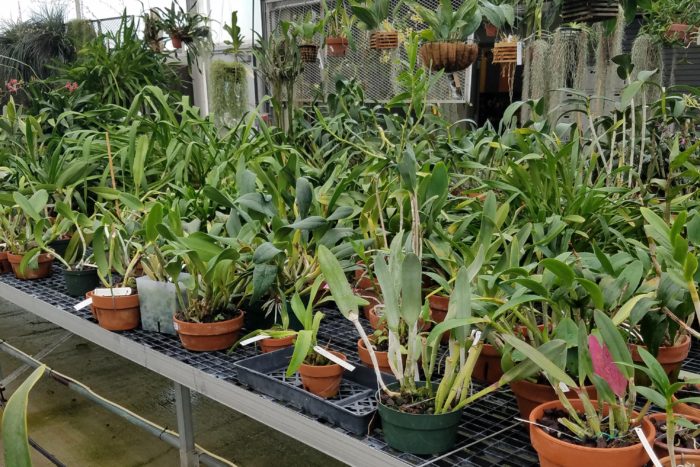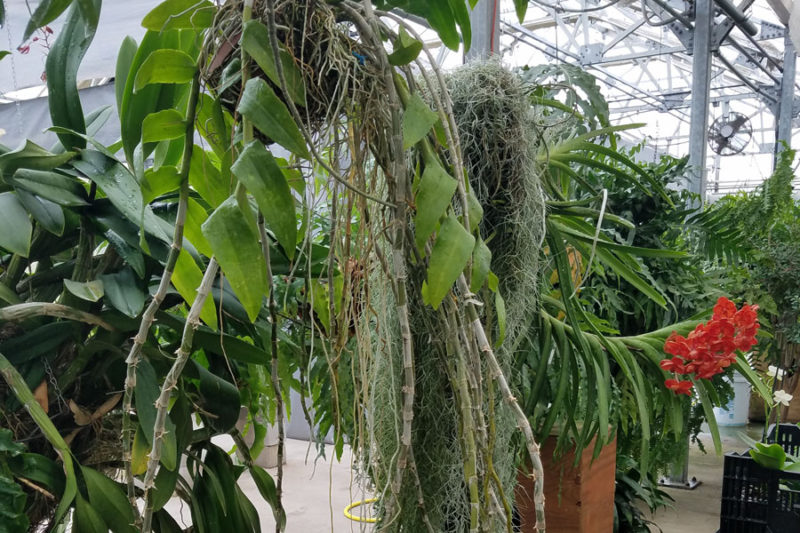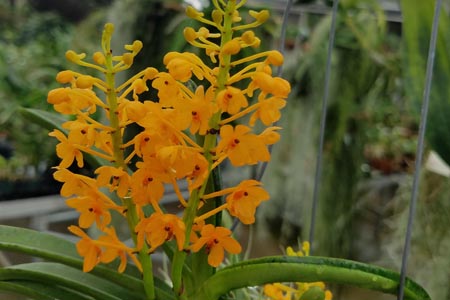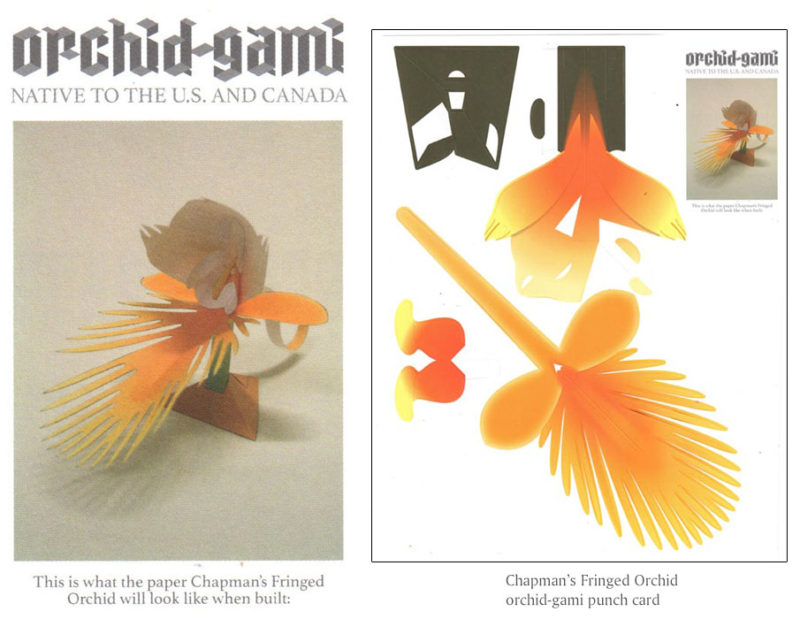
A Second Chance for Confiscated Orchids?
What happens when a U.S. port of entry processes a shipment of plants, and finds that the plants do not meet proper import requirements? Occasionally those plants are confiscated and destroyed. If those plants happen to be orchids, it is a particularly sad moment for us orchid enthusiasts. The good news is, destruction is not always how the story ends.
A good many of these confiscated orchids are, in fact, not destroyed, but instead are “rescued” and sent to a Certified Conservation Greenhouse. Our last month’s article briefly touched on the CITES process, which, unbeknownst to most of us, has a facility right here in Fort Worth.
What is a “Certified Conservation Greenhouse?”
This past August I attended the Ft Worth Orchid Society meeting, where I was totally surprised to learn from the speaker Dotty Woodson (TAMU), that the Ft Worth Botanical Garden’s orchid greenhouse is a “Certified Conservation Greenhouse”. In fact, I never even knew that such a certification existed.
How does a facility become certified as a “Conservation Greenhouse?” It all began with a federal government effort called the Plant Rescue Center Program (PRC), created in 1978 by the U.S. Fish and Wildlife Service. This program provides a destination for many plants confiscated at U.S. ports of entry, when these plants are found to be out of compliance with the import or export requirements of the Convention on International Trade in Endangered Species of Wild Fauna and Flora, a designation better known by the acronym “CITES”.
Participation in CITES is voluntary, and all public botanical gardens, arboretums, zoological parks and research centers can apply. Locally the program is represented at the Fort Worth Botanic Garden, one of approximately 80 certified institutions in 24 states, the District of Columbia, and Puerto Rico.
Perhaps the most familiar Plant Rescue Center (PRC) is the U.S. Botanic Gardens (USBG) in Washington DC. For years Tom Merinda was the overseer of this collection which is maintained in non-public facilities outside of DC. Along with plants acquired by the USBG under this program are separate special private collections donated to the Smithsonian.
The U.S. FWS website provides a recap of the success of this program from 2006 to 2010:
In the 680 plant shipments confiscated containing 38,400 plants, 27,270 were Orchids and the remainder were such items as Venus flytraps, pitcher-plants, cacti, cycads and other genera. Of these 680 shipments, 664 were sent to rescue centers and comprised just over 20 thousand plants. The balance of around 18 thousand plants either perished or were destroyed at the ports.
When a facility becomes certified it must meet several requirements. To us orchid enthusiasts, the most interesting and important of these requirements is that the plants remain the property of the U. S. Government. Any Plant Rescue Center (PRC) may show and display the orchids but is not permitted to sell or otherwise dispose of them. However, divisions or propagules become the property of the individual greenhouse and may be sold, traded, or otherwise dispositioned.
How does a facility become certified?
For many years both the Ft Worth Botanic Garden and the Ft Worth Orchid Society have had a working arrangement whereby the society members provide the volunteer labor (every Wednesday) to maintain the orchids in the Garden’s non-public Conservation (PRC) Greenhouse. In addition, orchids which have been donated to the Orchid Society or to the Gardens also find a home in this Conservation Greenhouse, and they receive the same special care of dedicated orchid society members.
In return for the volunteer work the orchid society provides, the orchids become a source of revenue and material for orchid shows. The spectacular Dendrobium anosmum from the Conservation Greenhouse was in full bloom at the last Greater North Texas Orchid Society show and was one of the most memorable stand-outs.

Dendrobium anosmum 
Ascocentrum miniatrum
As with any endeavor, it is the enthusiasm and dedication of the people involved that ensures a program’s success. A major factor in the success of the Conservation Greenhouse in Fort Worth is the continued interest in orchid conservation on the part of the Fort Worth Orchid Society, without which its ability to function as a PRC would be far less certain.
Interwoven with this PRC mission, the FWOS has its own Mission Statement. Education of the public through displays of specimen orchids in the Garden’s public spaces is at the top of this mission statement. Added to this is their focus on New World orchid genera that thrive in our climate plus a program to actively seek specimens from other gardens. This serves to preserve and protect the gene pool, thereby maintaining the vigor and viability of the collection.
Involving the public in conservation efforts
As the Fort Worth Botanic Garden undergoes major transitions, the conservation efforts of the Garden and the FWOS and the city owned Garden should certainly be enhanced. Already, with the recent assumption of education and volunteer functions at the Garden by its next-door neighbor, the BRIT (Botanical Research Institute of Texas), the Conservation Greenhouse will have access to volunteers which might not be available otherwise. The ongoing contact between the two organizations can also lead to increased membership in the orchid society. As we all know, it doesn’t take too long being around orchids to get hooked.
Kudos to our friends at the FWOS and their effort to support orchid conservation, and for giving many orchids a second chance to grow and thrive.

Footnote:
The FWOS and the Gardens were represented in May 2018 at a meeting that included members of BRIT and the North American Orchid Conservation Center (NAOCC) of the Smithsonian, the purpose of which was to lay groundwork for regional NAOCC conservation efforts. One happy outcome of that meeting is that the FWOS has just recently had their logo placed on the NAOCC Orchid-Gami model of the “Chapman’s Fringed Orchid” (Plantanthera chapmanii), a species predominantly found in Texas. Copies of this Orchid-Gami model are now available for sale from the Orchid-Gami display in the Japanese Garden gift shop.
